News 9/20/11
From Jiminy Cricket: “Re: dueling free EHRs. I thought this press release was funny, not to mention horribly written. But like a street fighter swinging wildly and skillessly against a pro boxer, sometimes a punch lands, and I’d say this one might have connected with the Practice Fusion jaw a couple of times.” Mitochon Systems issues a press release to “debunk” the “hyperbole, myths and over-reaching claims” on the part of fellow free EHR provider Practice Fusion. Among Mitochon assertions: Mitochon — not Practice Fusion – offered the first free, complete ONC-ATCB certified EHR; Practice Fusion probably doesn’t have the largest MU physician community since its MU product was just released last week; and if 5,000 Practice Fusion customers attest for MU this year, it would only represent 5% of the Practice Fusion client base. Maybe some of the punches have connected and maybe it’s really a whole lot of bunk about nothing. Regardless, Practice Fusion clearly seems to have struck a nerve with its competition.
Southern Illinois Hand Center announces plans to upgrade from Sage Medical Manager to Sage Intergy Meaningful Use edition and add Sage’s patient portal.
These numbers surprised me: almost 90% of physicians use at least one social media site for personal use and over 65% have at least one site to support their professional practice. Most physicians also see potential for physician-patient online interactions, including the sharing of educational materials and for monitoring patients’ health. Liability, privacy, and compensation remain big concerns for providers.
SuccessEHS expands into the electronic dental record market with the purchase of MediaDent. The acquisition strengthens the SuccessEHS offerings for community health centers.
Quixote partners with ZirMed to offer ZirMed’s RCM services to Quixote’s practice management customers.
The 230-physician Hattiesburg Clinic moves to Epic’s EMR.
McKesson integrates its iKnowMed EHR and Lynx Mobile drug inventory management system, giving oncology practices a single chemotherapy orders workflow management system.
Thirteen thousand additional physicians and hospitals signed up for the MU incentive program in August, bringing the total number of registrants to 90,000. CMS paid Medicare incentives to 1,000 EPs in August, with 1,300 receiving checks under the Medicaid incentive program. YTD payments: $652 million.
Meanwhile, the Office of the Inspector General estimates that Medicare contractors have overpaid physicians $28.8 million for incorrectly coded services provided during 2008 and 2009. OIG recommends the recovery of at least $7 million of the identified overpayments.
CMS issues an ICD-10 transition guide for Medicare providers that includes information on how to handle claims for services during the ICD-9 and ICD-10 transition.




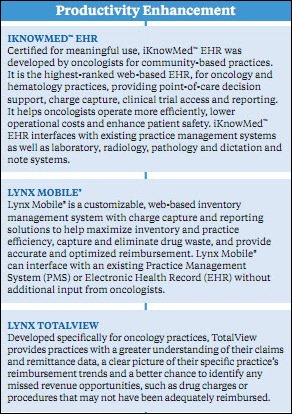




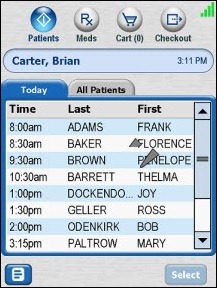
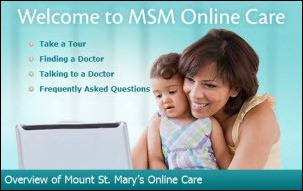




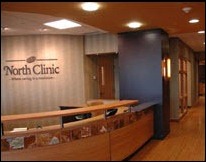
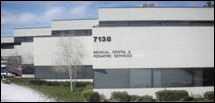
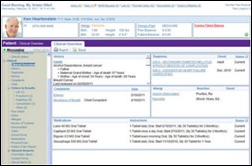

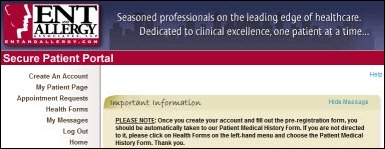




The article about Pediatric Associates in CA has a nugget with a potentially outsized impact: the implication that VFC vaccines…